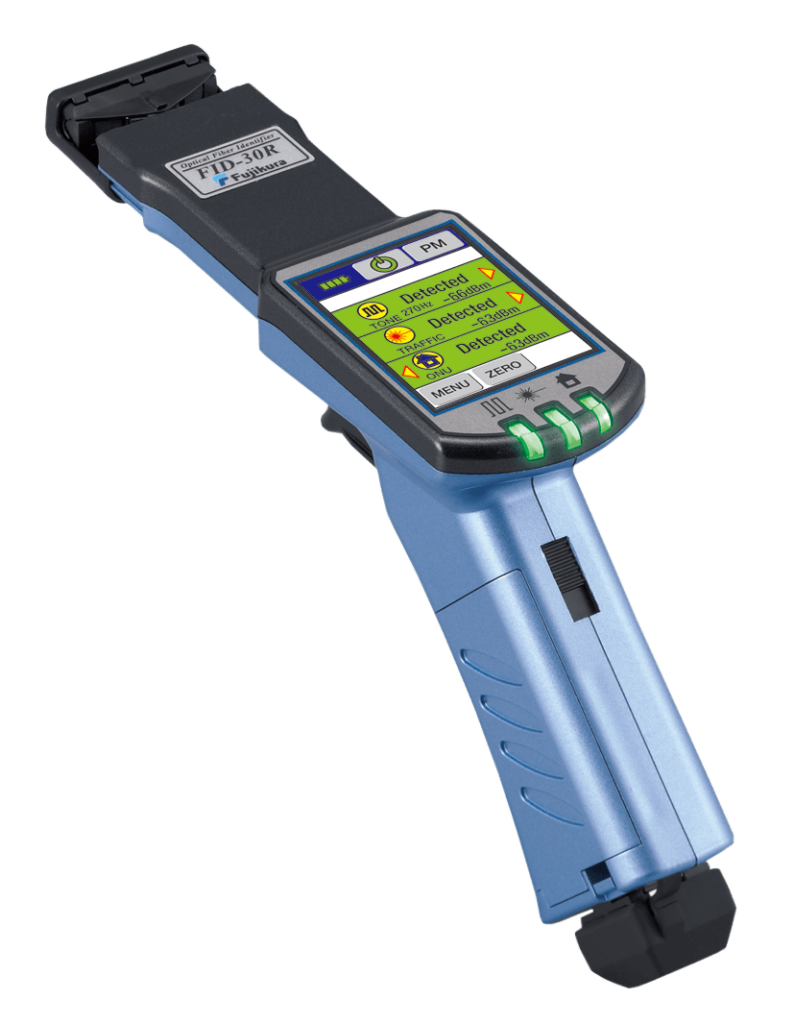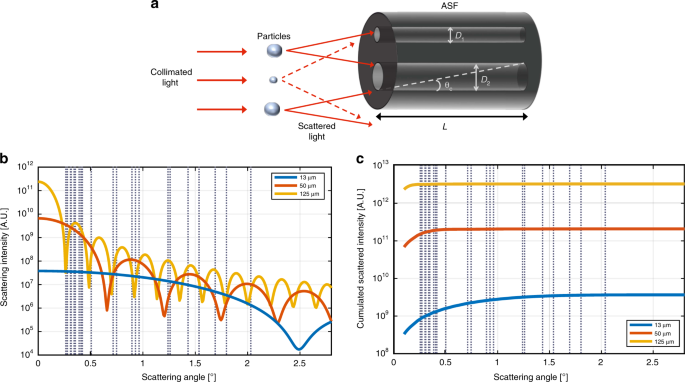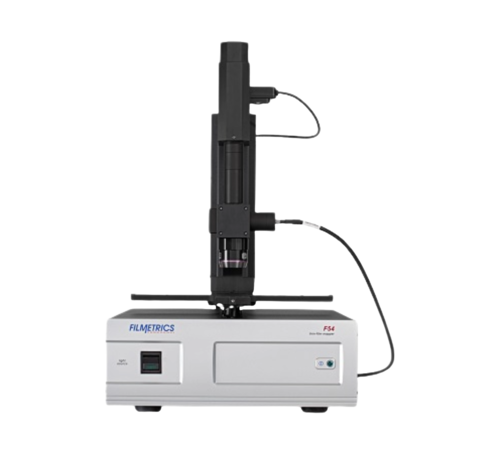Increasing Output Accuracy with an Optical Fibre Diameter Analyser
Increasing Output Accuracy with an Optical Fibre Diameter Analyser
Blog Article
Optimize Your Fiber Optic Efficiency: Recognizing Optical Fibre Diameter Analyser Modern Technology
The efficiency of fibre optic systems is seriously affected by the accuracy of their diameter, an element frequently ignored in the quest of ideal signal integrity. Understanding the technology behind optical fibre size analysers discloses the complex balance in between dimension accuracy and production quality. These tools not just improve conformity with industry requirements but additionally supply real-time insights that can preemptively attend to potential concerns. Nevertheless, the implications of their usage expand past simple dimension; they can essentially alter the landscape of fibre optic efficiency. What variables should one consider to harness their full possibility?
Relevance of Optical Fibre Diameter
The diameter of optical fibre plays a vital function in identifying the performance and efficiency of interaction systems. Conversely, smaller diameters have a tendency to sustain fewer modes, which can enhance signal clearness and reduce crosstalk.

Furthermore, understanding the size's ramifications can result in set you back savings by decreasing the demand for signal boosting and repeaters in extensive networks (optical fibre diameter analyser). To conclude, the value of optical fiber size can not be overstated, as it straight affects the total effectiveness and reliability of contemporary communication systems

How Diameter Impacts Signal Quality
Signal top quality in optical fibre systems pivots substantially on the size of the fiber. A smaller diameter can lead to greater depletion prices, resulting in signal loss as light journeys with the fiber.
Conversely, bigger diameters normally permit boosted light capture and lowered modal dispersion, enhancing signal clearness. In multimode fibers, a bigger core size can support multiple light settings, yet it may also introduce intermodal diffusion, which can degrade signal top quality. Selecting the optimal fibre size is critical for achieving the desired efficiency in details applications.
Moreover, the communication between the fibre size and the wavelength of the light utilized plays a vital duty in determining the efficient transmission range and total signal integrity. Therefore, recognizing exactly how fibre size affects signal top quality is important for network designers and designers aiming to maximize optical fibre systems for trustworthy, high-speed data transmission.
Introduction of Size Analyser Innovation
In numerous optical fiber production processes, precise dimension of fibre size is essential for making sure regular efficiency and top quality (optical fibre diameter analyser). Size analysers are innovative instruments designed to assess the physical measurements of optical fibers with high precision. They employ innovative optical and laser modern technologies to determine the diameter, ovality, and concentricity of the fiber, hence supplying important information his comment is here for quality assurance
These analysers can run in-line throughout the manufacturing process or as component of off-line testing protocols. In-line systems allow real-time monitoring, enabling suppliers to adjust parameters right away, thus preserving ideal manufacturing conditions. Off-line analysers, on the other hand, provide thorough assessments of batches, guaranteeing that any type of variances from defined tolerances are determined and dealt with.
Diameter analysers considerably contribute to the reduction of defects in optical fibers, improving overall product reliability. By continually gauging essential parameters, these innovations assist in compliance with market standards and specifications. As the demand for high-performance optical fibres remains to climb, the function of diameter analysers ends up being progressively vital in achieving the wanted top quality and performance criteria in fibre optic systems.
Key Attributes of Fibre Diameter Analysers
Although various versions of fiber size analysers exist, they generally share a number of essential features that boost their capability and reliability. One of the most substantial functions is high-resolution dimension abilities, which guarantee specific size analyses, important for preserving quality assurance in fibre manufacturing. In addition, several analysers integrate innovative optical sensing units developed to spot minute variations in fiber diameter, therefore providing vital information for process optimization.
An additional important attribute is real-time monitoring, enabling drivers to get prompt feedback on fibre diameter go to these guys throughout the manufacturing process (optical fibre diameter analyser). This capacity helps with quick changes and reduces the chance of problems. Several analysers additionally come outfitted with user-friendly user interfaces, allowing drivers to quickly browse through information and settings results
Additionally, durable information storage and evaluation this article performances are essential for tracking historic efficiency patterns and guaranteeing compliance with market standards. These attributes jointly add to the efficiency of fibre diameter analysers in enhancing fiber optic efficiency.
Ideal Practices for Fiber Optimization

First, routine calibration of optical fibre size analysers is necessary. This guarantees exact dimensions and minimizes potential inconsistencies that can impact efficiency. Next, maintaining a tidy working atmosphere is vital; dust and impurities can cause signal deterioration.
Additionally, it is important to select fibres that fulfill certain application needs. This involves evaluating elements such as depletion, data transfer, and environmental problems. Proper installation strategies should additionally be followed, including avoiding sharp bends and extreme stress, which can jeopardize fiber honesty.
In addition, employing advanced tracking systems can assist in real-time performance assessments, allowing punctual recognition of issues. Normal screening and upkeep ought to be performed to ensure that fibers stay within optimum functional criteria.
Finally, training workers on the most up to date fiber optimization innovations and methods will certainly boost their capability to carry out effective methods. By complying with these best methods, organizations can dramatically improve the performance and life expectancy of their optical fiber systems, guaranteeing effective interaction and information transfer.
Verdict
Finally, the combination of optical fibre diameter analyser technology is crucial for making the most of fiber optic performance. By ensuring precise measurements of fibre measurements, these analysers considerably enhance signal quality and lower losses during data transmission. Regular calibration and upkeep of the analysers are necessary to support ideal efficiency and conformity with industry requirements. Ultimately, the application of this technology assists in boosted data transmission prices and reinforces signal honesty, adding to the total effectiveness of fiber optic systems.
Signal top quality in optical fibre systems pivots dramatically on the diameter of the fiber.In several optical fiber production procedures, exact dimension of fiber size is vital for making sure regular performance and top quality. As the demand for high-performance optical fibres proceeds to climb, the duty of size analysers becomes increasingly crucial in achieving the preferred high quality and efficiency requirements in fiber optic systems.
These attributes jointly add to the effectiveness of fiber size analysers in optimizing fibre optic performance.
In verdict, the combination of optical fiber diameter analyser technology is essential for making best use of fiber optic performance.
Report this page